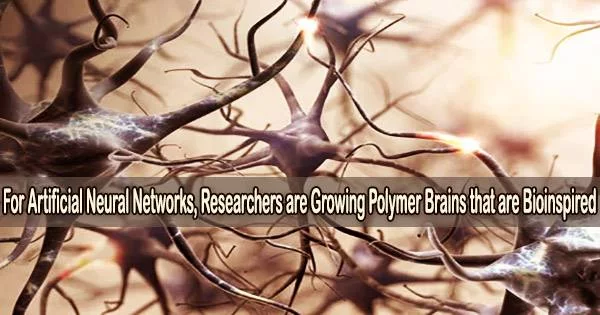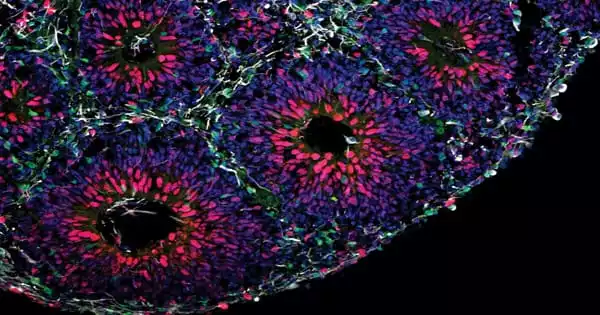The functioning of biological systems served as the initial inspiration for the development of neural networks to produce artificial intelligence in computers. However, the performance of these “neuromorphic” networks is constrained by the use of hardware that bears little resemblance to a biological brain.
Now, researchers from Osaka University and Hokkaido University plan to change this by creating neuromorphic “wetware.” The work is published in the journal Advanced Functional Materials.
Even though neural-network models have excelled in fields like cancer diagnosis and picture synthesis, they still fall well short of the human brain’s general processing power.
This is due, in part, to the fact that these models are often implemented in software using conventional computer hardware that is not suited for the millions of parameters and connections that these models typically demand.
Neuromorphic wetware, based on memristive devices, could address this problem. A memristive device is one whose resistance is determined by the history of voltage and current applied to it.
This method uses conductive polymer wires to electropolymerize to connect electrodes dipped in a precursor solution. A memristive device is created by tuning each wire’s resistance using brief voltage pulses.
“The potential to create fast and energy-efficient networks has been shown using 1D or 2D structures,” says senior author Megumi Akai-Kasaya. “Our aim was to extend this approach to the construction of a 3D network.”
The process is continuous and reversible, and this characteristic is what enables the network to be trained, just like software-based neural networks.
Naruki Hagiwara
The researchers were able to grow polymer wires from a common polymer mixture called “PEDOT:PSS,” which is highly conductive, transparent, flexible, and stable. The top and bottom electrodes of a 3D structure were initially submerged in a precursor solution.
Then, by providing a square-wave voltage to these electrodes to simulate the creation of synaptic connections by axon guidance in an immature brain, the PEDOT:PSS wires were generated between the chosen electrodes.
After the wire had been produced, its features, particularly its conductance, were modified by applying brief voltage pulses to a single electrode, which altered the electrical characteristics of the film that surrounded the wires.
“The process is continuous and reversible,” explains lead author Naruki Hagiwara, “and this characteristic is what enables the network to be trained, just like software-based neural networks.”
The fabricated network was used to demonstrate unsupervised Hebbian learning (i.e., when synapses that often fire together strengthen their shared connection over time). Additionally, in order to enable the network to perform its functions, the researchers were able to accurately adjust the conductance values of the wires.
Controlling the diameter and conductivity of the wires also used to demonstrate spike-based learning, another method for building neural networks that more closely resembles the workings of biological neural networks.
The researchers then intend to construct a larger and more potent network by constructing a device with a greater variety of electrodes and utilizing microfluidic channels to provide the precursor solution to each electrode.
Overall, the strategy established in this work is a significant step toward the development of neuromorphic software and bridging the cognitive gap between humans and computers.
















